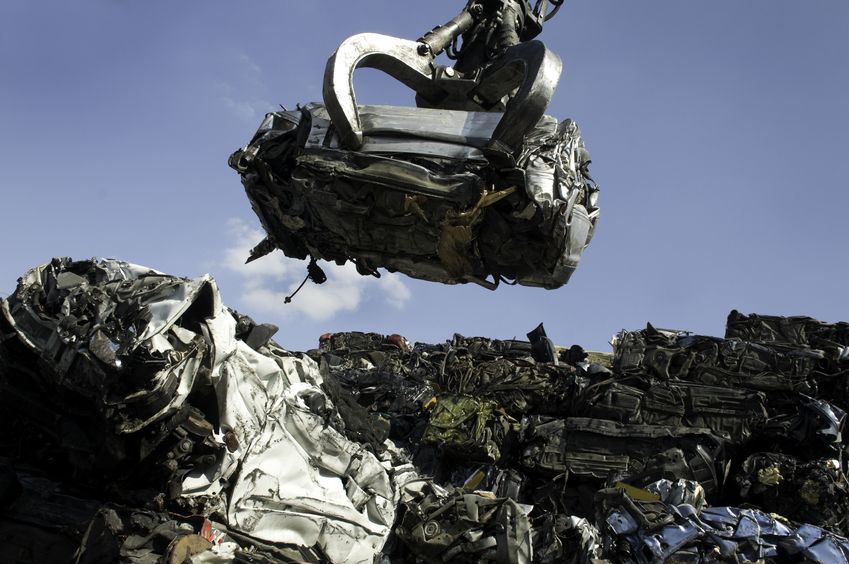When it comes to choosing a dewatering container for your facility, there are a few different factors to keep in mind. The most important is the size of container to choose, once you have found a system that offers the dewater capabilities you require.
Sizing the dewatering tank is largely a factor of the amount of wastewater that needs to be treated and the number of times the tank needs to be emptied. These systems are typically roll-off types of tanks, so the size is limited to the dimensions of the typical truck.
The most common options in a dewatering container are a 15 cubic foot and a 30 cubic foot roll-off tank. Keep in mind; this is the amount of solid material that the tank will hold, not the amount of wastewater that can be processed. In fact, a 15 cubic yard tank can typically dewater about 12,000 gallons of water, while the 30 cubic yard tanks can dewater up to 25,000 gallons before it needs to be emptied. The percentage of solids in the water does have an impact on the number of gallons that the tank can process.
Going Bigger
For a smaller company producing less wastewater, there may be an advantage in choosing the larger tank size. It requires emptying less frequently, which can help to save on the disposal costs. This may not be as big of a factor if the company has its own truck, but there are still fuel costs and wear and tear to consider.
It is also possible for a smaller company to offer wastewater treatment through their dewatering container to other local businesses. This can be done at a charge, helping to offset the cost of the equipment. As this is an automatic process and requires no operator oversight, this is a simple way to generate a small revenue on an ongoing basis.







